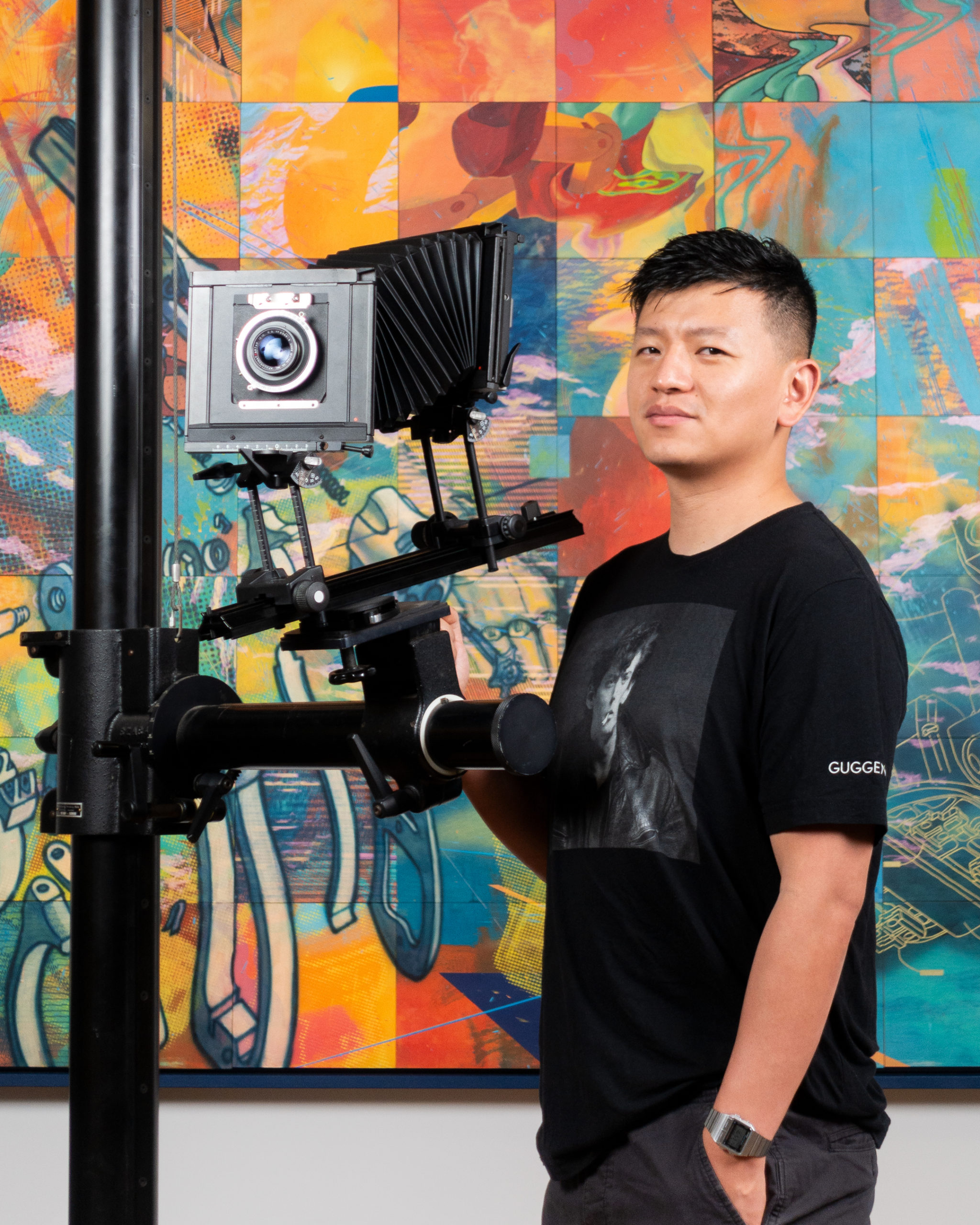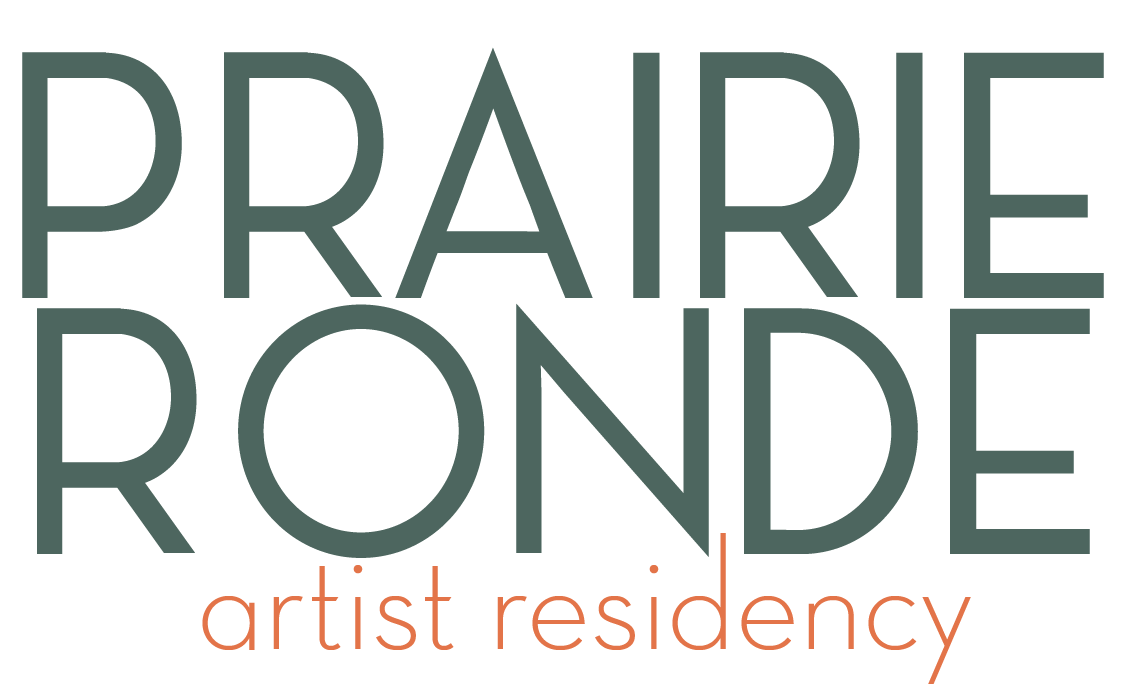
Providence-based artist John Shen uses photography to weave the past and future. Born in Shaoxing, China, Shen immigrated to New Zealand as a young child and spent the next 20 years developing a passion for painting and photography. He moved to the United States in 2016 to study Photography and Painting at the Rhode Island School of Design and has since built a multi-faceted artistic practice that explores the complex relationship between himself, technology and art.
Shen’s current photographic work explores ideas of contradiction and tension in relation to the history of photography, the object and the future of the image. Using his own hand-made cameras constructed from approximately 28,000 black drinking straws, Shen creates an apparatus that simultaneously takes photographs both mimicking the digital bitmap as well as creating images in one of the rawest, analog methods possible. As a nod to the earliest photographers in history who built their own cameras and developed new photographic processes, the need to hand-glue each straw was to avoid the use of glass or acrylic sheets between the openings of the straws and the photographic paper.
The raw, opticalless span between the subject and the photographic paper is a reflection of Joan Fontcuberta’s musings on analog photography being an inscription. They thus become objects that question the mechanically reproduced digital image, foreshadowed by Walter Benjamin—now ubiquitous in the era of the limitless digital seas. This dichotomy between the link to the photographic past and the digital future is furthered with his use of direct positive photographic paper (a nod to Hippolyte Bayard) that renders each photograph as a one-of-a-kind unique object. The photograph is thus thought of as a unique inscribed object as opposed to the simulacrum image of digital photographs. Each of the straws produces a particular value in a discrete point, not unlike that of the digital pixel and that way of imagery can be hearkened to the low resolution, poor image that Hito Steyerl discusses. In this framing, Shen’s camera only has a mere 0.028 “megapixels” of resolution. Shen’s photographs are thus, poor images that pale in comparison to the indexicality of even an ordinary smartphone. Yet, this very contradiction that the work presents is what Shen believes allows for a dialogue to emerge about what photography, the object, the indexical image and reality means in a contemporary sense.
